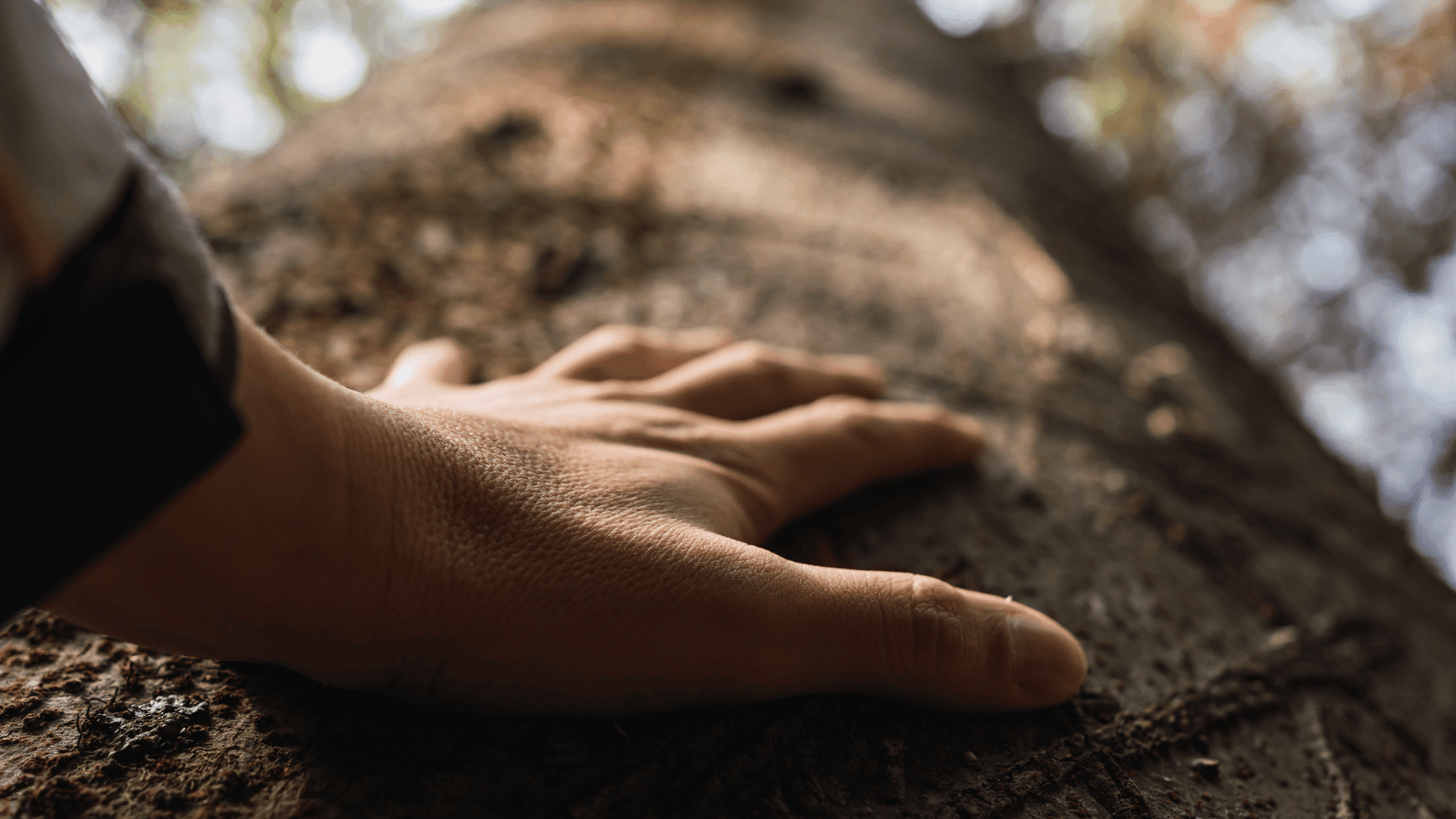A “nature break” involves a deliberate pause from daily tasks, spent using one or more of your senses to experience a natural setting. Taking a moment out of your day to experience nature can have a range of health benefits that can reduce stress and thereby lead to an increase in inspiration and creativity. Here are some tips on incorporating “nature breaks” into your day for creative health.
Forest Bathing

Forest bathing, or shinrin-yoku, is the Japanese practice of immersing yourself in a forest, using the five senses to take in your surroundings. Researchers have studied the effects of forest bathing and found that it lowers subjects’ pulse rate and blood pressure, decreases cortisol levels, boosts the immune system, increases the parasympathetic response, and more. This is, in part, because plants emit phytoncides into the air, which are chemicals that can reduce stress hormones and increase levels of white blood cells.
Viewing Nature

Even if you don’t have time to step away from your desk and take a walk in the woods, simply looking at photos or videos of greenery or water features can have a positive effect on the body. Studies have shown that seeing images of nature or even looking out of the window for a few minutes can positively impact your mood and stress levels.
Indoor Life

Giving mindful attention to living things inside your home or office can be another way to receive the health benefits of nature periodically throughout the day. For example, you could spend a few minutes petting your dog – noticing the sensation of their soft fur in your hands, feeling them breathe, and observing their unique spotting patterns. Or, if there are plants in your home or office, take a few minutes to notice a pattern in the leaves, the texture, or the directions of the veins. Taking a break to mindfully engage with a living thing can help to lower blood pressure, increase relaxation, and interrupt repeating thought patterns that can cause anxiety.
Visualizing

Research has also shown that even visualizing nature can help decrease stress. This practice can be as simple as creating a comfortable space in your home or office, closing your eyes, and using your imagination to picture yourself in an environment surrounded by nature. This could be in the woods surrounded by trees and chirping birds, on a beach with the ocean waves splashing in the background, or in the mountains with the wind whipping and breathtaking views. Choose an environment that brings you joy or makes you feel relaxed, and take periodic breaks to spend a few minutes in your curated space.
Aroma Therapy

Nature-based aroma therapy has also been shown to benefit one’s health. In a 2009 study, for example, a team of researchers ordered special, concentrated essential oils made from Japanese cypress trees and then pumped them into the hotel rooms of test subjects using a diffuser. The individuals staying in rooms with tree-based essential oils experienced approximately 40 to 50% of the health benefits as those who participated in a forest bathing session.


